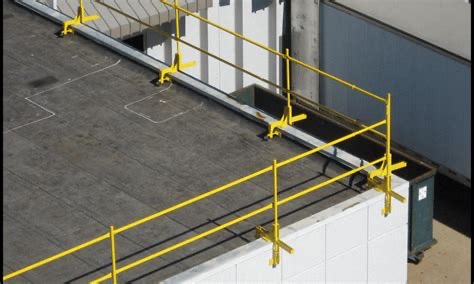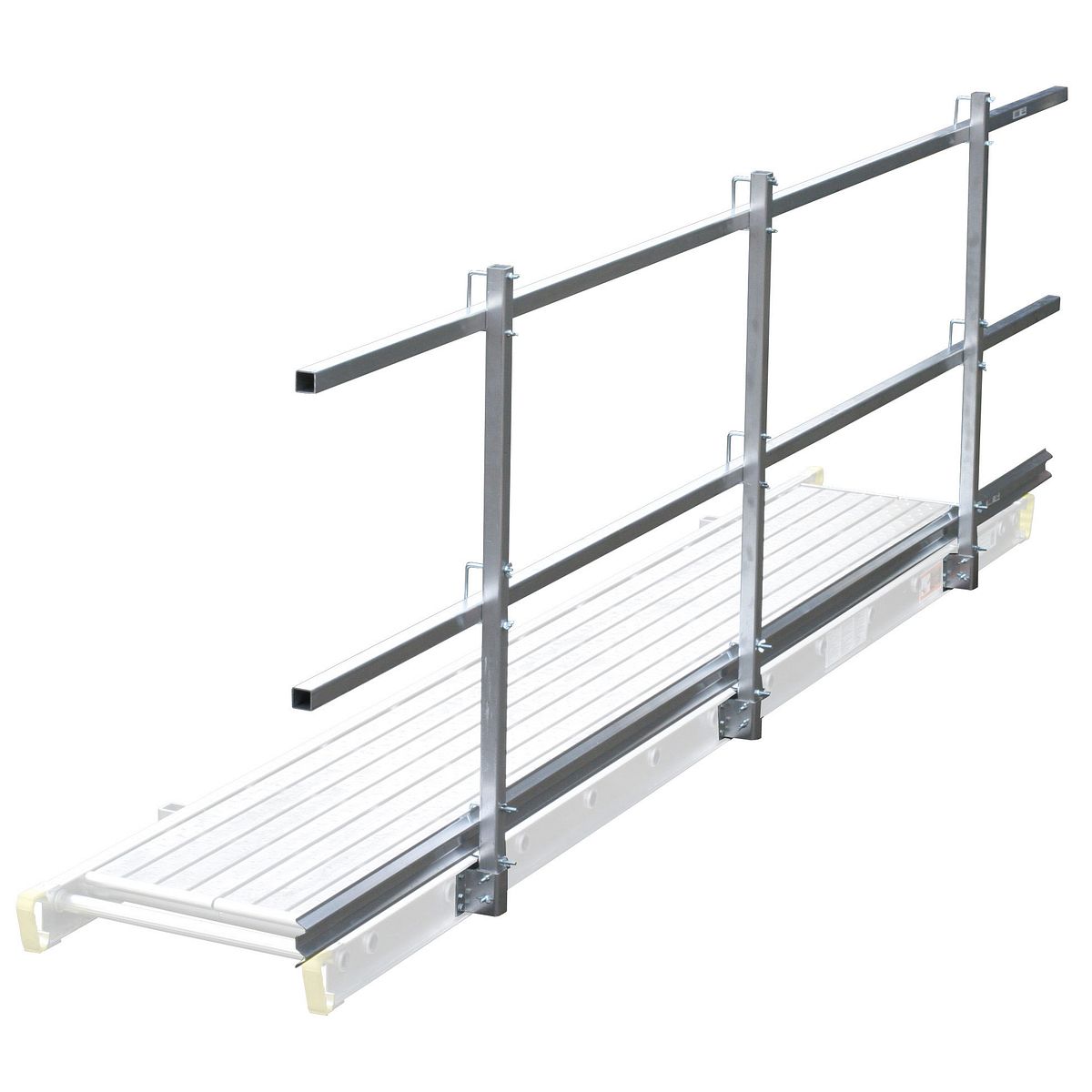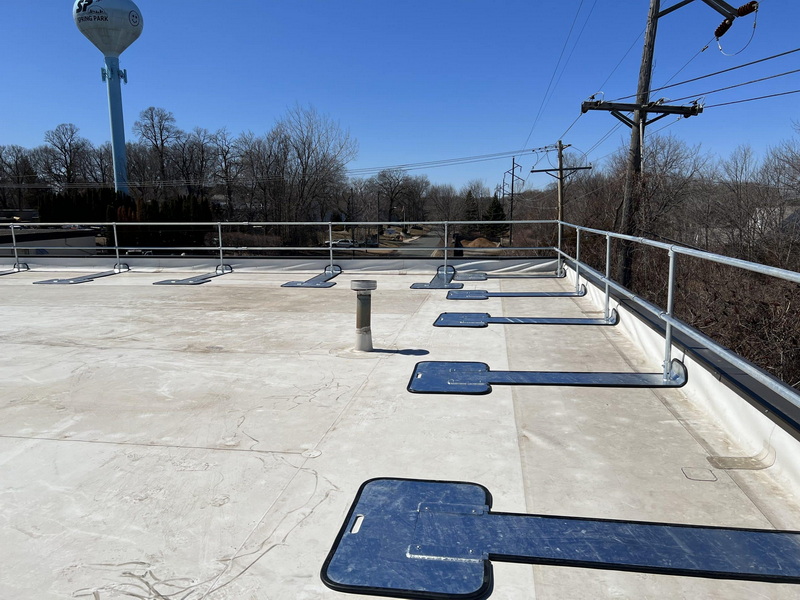Content Menu
● Understanding OSHA Guardrail System Requirements for Scaffolding
>> What is a Guardrail System?
>> When Are Guardrails Required?
● OSHA Guardrail System Specifications for Scaffolding
>> Height Requirements
>> Strength and Load Capacity
>> Material and Design Requirements
>> Toeboards and Additional Safety Features
● Installation and Use of Guardrail Systems on Scaffolding
>> Proper Installation
>> Fall Protection Integration
● Conclusion
● FAQ
>> 1. What is the required height for guardrails on scaffolding?
>> 2. Are guardrails required on all scaffolds?
>> 3. What materials are prohibited for guardrails?
>> 4. Can cross bracing be used as a guardrail?
>> 5. What additional fall protection is required on suspension scaffolds?
● Citations:
Scaffolding is an essential component in construction and maintenance work, providing workers with elevated platforms to perform tasks safely and efficiently. However, working at heights introduces significant risks, particularly the danger of falls. To mitigate these risks, the Occupational Safety and Health Administration (OSHA) has established stringent guardrail system requirements for scaffolding to protect workers from falls and related injuries.

Understanding OSHA Guardrail System Requirements for Scaffolding
What is a Guardrail System?
A guardrail system is a physical barrier installed on scaffolding platforms to prevent workers from falling off edges. It typically consists of three main components:
- Toprail: The uppermost horizontal rail.
- Midrail: A horizontal rail located approximately halfway between the toprail and the platform.
- Toeboard: A vertical barrier at the platform edge to prevent tools or materials from falling.
These components work together to provide fall protection and ensure worker safety on elevated scaffolds[5].
When Are Guardrails Required?
OSHA mandates guardrails on scaffolds when employees are working at heights of 10 feet or more above a lower level. Exceptions exist for certain suspension scaffolds, but generally, guardrails or personal fall arrest systems must be in place to protect workers[3][4][9].
OSHA Guardrail System Specifications for Scaffolding
Height Requirements
- The toprail must be installed at a height between 38 inches and 45 inches above the scaffold platform for scaffolds manufactured and placed in service after January 1, 2000.
- For scaffolds manufactured before this date, the toprail height can be between 36 inches and 45 inches[3][8].
- The midrail should be installed approximately halfway between the toprail and the platform surface, typically around 20 inches above the platform[4].
Strength and Load Capacity
- Guardrails must withstand a force of at least 200 pounds applied outward or downward on the toprail within 2 inches of the top edge.
- Midrails, screens, mesh, or other intermediate members must withstand at least 150 pounds of force in any direction without failure[5].
- Scaffold platforms must be fully planked or decked and capable of supporting at least four times the intended load without excessive deflection[3][9].
Material and Design Requirements
- Guardrails must be smooth-surfaced to prevent injuries such as punctures or lacerations and to avoid snagging clothing.
- Ends of toprails and midrails must not overhang terminal posts unless the overhang does not pose a hazard.
- Steel or plastic banding is prohibited for use as toprails or midrails.
- Guardrails must be at least 0.25 inches in diameter or thickness to ensure durability and safety[5].
Toeboards and Additional Safety Features
- Toeboards are required on scaffolds to prevent tools or materials from falling and injuring workers below.
- Workers must access scaffold platforms via secured ladders, stair towers, or ramps[4].

Installation and Use of Guardrail Systems on Scaffolding
Proper Installation
- Guardrails must be installed on all open sides and ends of scaffolds more than 10 feet above a lower level.
- Cross bracing can be used as a toprail if it meets height requirements (38 to 45 inches).
- Guardrails should be installed securely to prevent movement or failure under load[3][4].
Fall Protection Integration
- For employees working on single-point and two-point adjustable suspension scaffolds, OSHA requires both guardrails and personal fall arrest systems.
- Personal fall arrest systems include anchorage points, body harnesses, lanyards, and deceleration devices to provide active fall protection[4][9].
Conclusion
OSHA's guardrail system requirements for scaffolding are critical for ensuring worker safety at elevated work sites. These regulations specify precise height, strength, and design standards for guardrails, midrails, and toeboards to prevent falls and injuries. Proper installation and integration with personal fall arrest systems further enhance protection, especially on suspension scaffolds.
Employers and workers must adhere strictly to these requirements to maintain compliance and create a safe working environment. Utilizing high-quality materials, following installation guidelines, and providing adequate training are essential steps in achieving scaffolding safety.

FAQ
1. What is the required height for guardrails on scaffolding?
Guardrails must have a toprail height between 38 inches and 45 inches above the scaffold platform for scaffolds manufactured after January 1, 2000. Older scaffolds may have a minimum height of 36 inches[3][8].
2. Are guardrails required on all scaffolds?
Guardrails are required on scaffolds when employees work at heights of 10 feet or more above a lower level, except for some suspension scaffolds where both guardrails and personal fall arrest systems are required[3][4].
3. What materials are prohibited for guardrails?
Steel or plastic banding is not allowed for toprails or midrails. Guardrails must be smooth-surfaced and at least 0.25 inches in diameter or thickness to prevent injury and ensure strength[5].
4. Can cross bracing be used as a guardrail?
Yes, cross bracing can serve as a toprail if it is installed at the required height between 38 and 45 inches above the platform[3][4].
5. What additional fall protection is required on suspension scaffolds?
Employees on single-point and two-point adjustable suspension scaffolds must be protected by both guardrails and personal fall arrest systems, including harnesses and anchorage points[4][9].
Citations:
[1] http://www.osha.gov/laws-regs/regulations/standardnumber/1926/1926.451
[2] http://www.osha.gov/etools/scaffolding/general-requirements
[3] https://safetyculture.com/topics/scaffolding-safety/10-osha-scaffolding-requirements/
[4] https://edgefallprotection.com/scaffolding-safety-and-osha-regulations/
[5] https://www.fallprotect.com/blog/techtalk/osha-requirements-for-guardrail-and-safety-railing-compliance
[6] https://www.youtube.com/watch?v=uY2vI0_b6hQ
[7] https://www.youtube.com/watch?v=b-DJt_mTzsQ
[8] https://www.osha.gov/sites/default/files/publications/osha3150.pdf
[9] https://aaitscaffold.com/blog/guide-to-osha-scaffolding-requirement-in-the-construction-industry/
[10] https://www.youtube.com/watch?v=kpZ3-iCs8xA
[11] https://www.youtube.com/watch?v=8iwGdgkS2yw
[12] https://www.labour.gov.hk/eng/public/os/B/mss.pdf
[13] https://www.youtube.com/watch?v=ThI3pEJcU_4
[14] https://www.osha.gov/training/library/scaffolds/summary
[15] https://www.youtube.com/watch?v=i2oedlWldAo






















